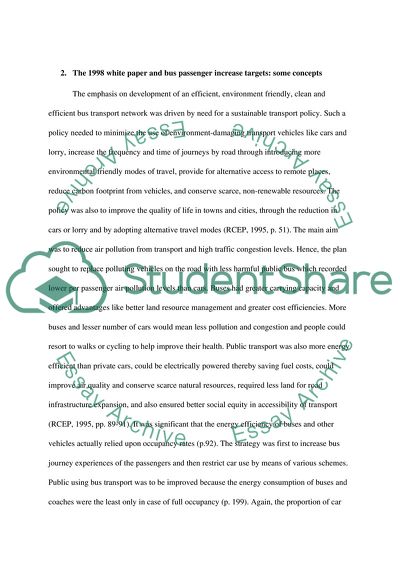Cite this document
(Government Policy for Increasing Bus Passenger Journeys in the UK Case Study, n.d.)
Government Policy for Increasing Bus Passenger Journeys in the UK Case Study. https://studentshare.org/politics/1746077-transportation-planning-policies-and-methods
Government Policy for Increasing Bus Passenger Journeys in the UK Case Study. https://studentshare.org/politics/1746077-transportation-planning-policies-and-methods
(Government Policy for Increasing Bus Passenger Journeys in the UK Case Study)
Government Policy for Increasing Bus Passenger Journeys in the UK Case Study. https://studentshare.org/politics/1746077-transportation-planning-policies-and-methods.
Government Policy for Increasing Bus Passenger Journeys in the UK Case Study. https://studentshare.org/politics/1746077-transportation-planning-policies-and-methods.
“Government Policy for Increasing Bus Passenger Journeys in the UK Case Study”. https://studentshare.org/politics/1746077-transportation-planning-policies-and-methods.


